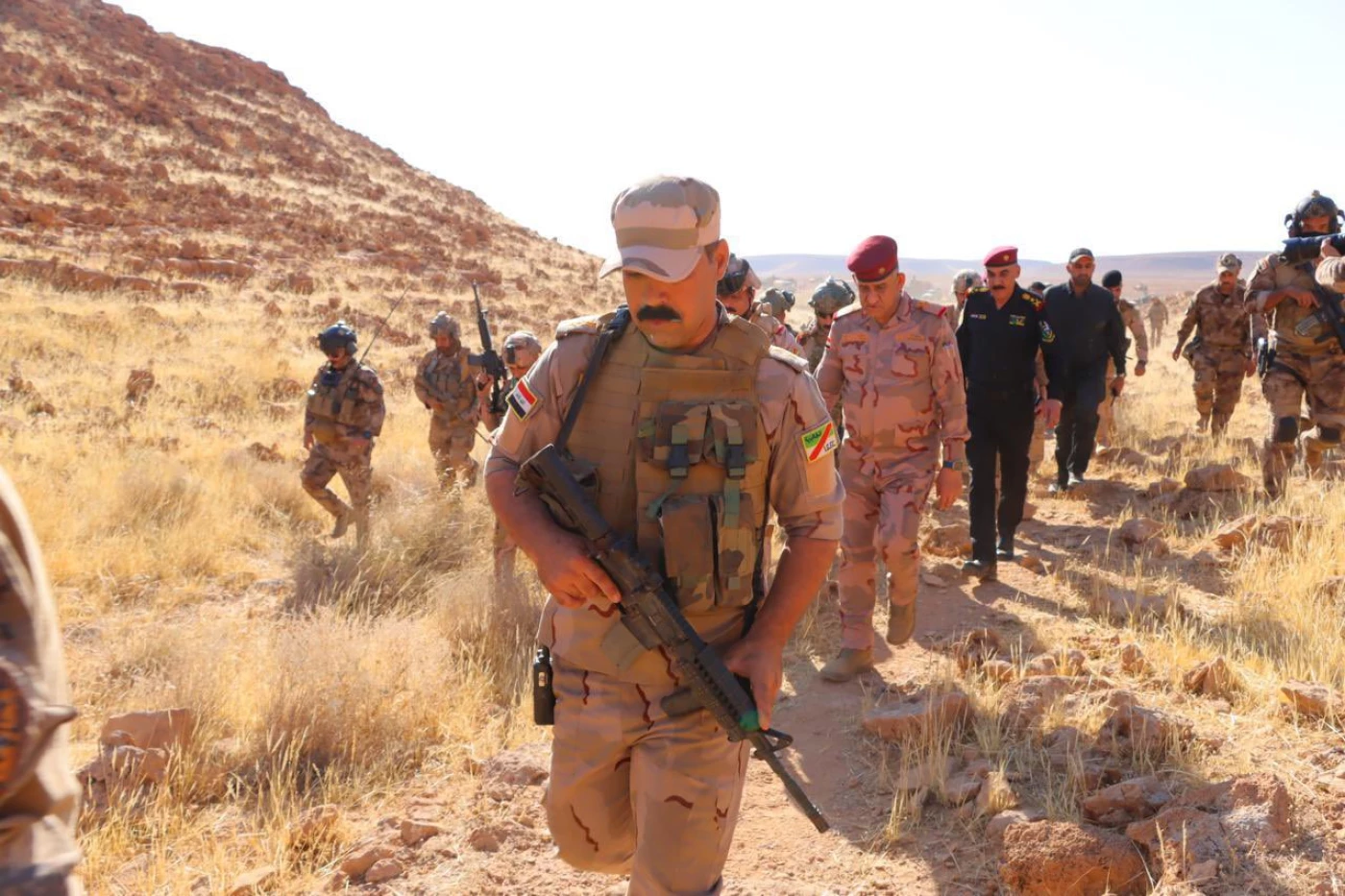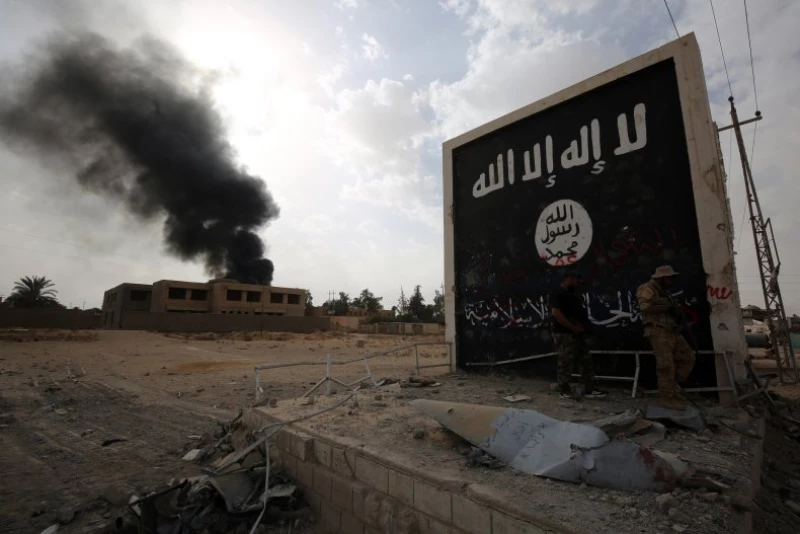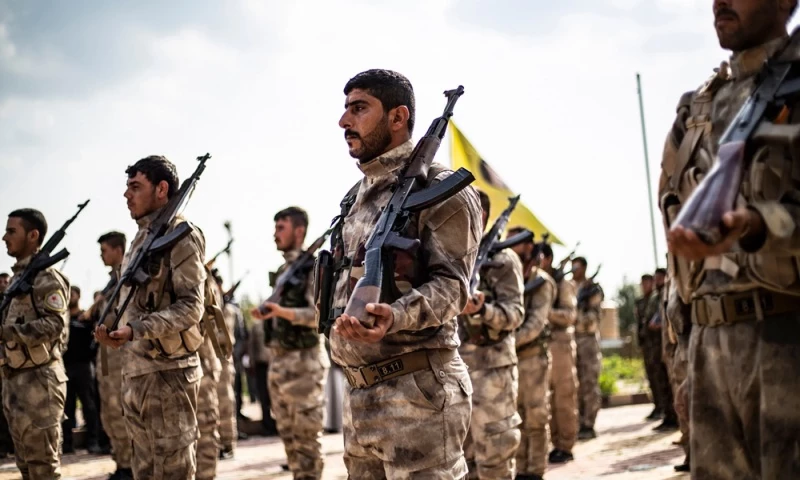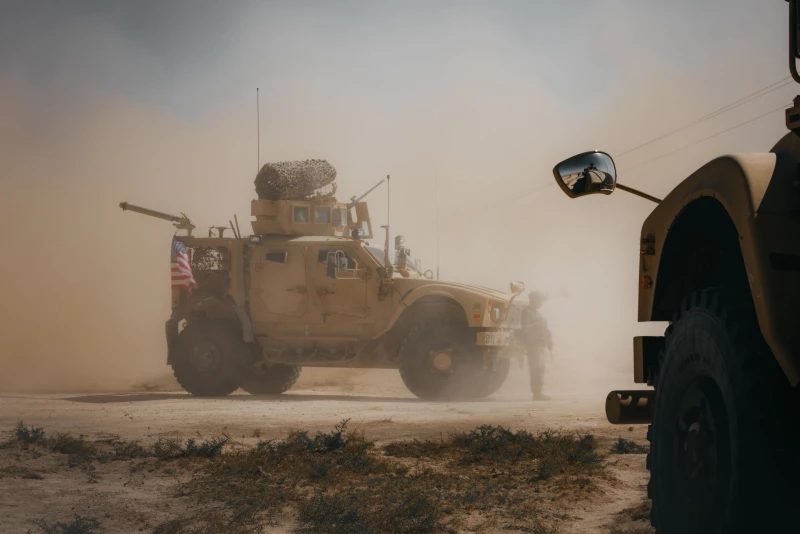The operation was conducted in the early hours of August 29 in the Al-Hazimi area east of Wadi Al-Ghadhf, involving extensive intelligence efforts and high-level coordination between various forces of the Iraqi army.
Spokesman of the Commander-in-Chief of the Armed Forces Major General Yahya Rasool said at the time that the operation targeted terrorist elements in the western desert and resulted in the seizure of important documents and equipment.
"These targeted operations deliver significant blows to ISIS," Rasool said, emphasizing that the effort will continue to ensure no safe haven for terrorists in Iraq.
He added that airstrikes destroyed multiple hideouts, followed by an airborne operation by mobile units.
The strikes eliminated 14 terrorists, some of whom were wearing explosive belts and carrying hand grenades. The command also reported the destruction of weapons, ammunition, and logistical support, along with the detonation of several explosive belts.
The operation was carried out with the support of the Global Coalition, which provided critical intelligence and technical coordination.
On August 29, US Central Command (CENTCOM) in a statement emphasized that the operation aimed to disrupt and degrade ISIS's ability to plan and carry out attacks, thereby reducing the threat to Iraqi civilians, US citizens, and regional allies and no civilian casualties were reported.
Despite ongoing efforts to eliminate ISIS, the group remains a significant threat to regional stability and security through its remnants.
ISIS controlled large swathes of territory in parts of Iraq and Syria following their rise in 2014. The group was declared territorially defeated in 2019.
The group no longer controls any territory, but they are active in their hit-and-run operations, posing serious danger to security around the areas that they had once controlled.



 Facebook
Facebook
 LinkedIn
LinkedIn
 Telegram
Telegram
 X
X


